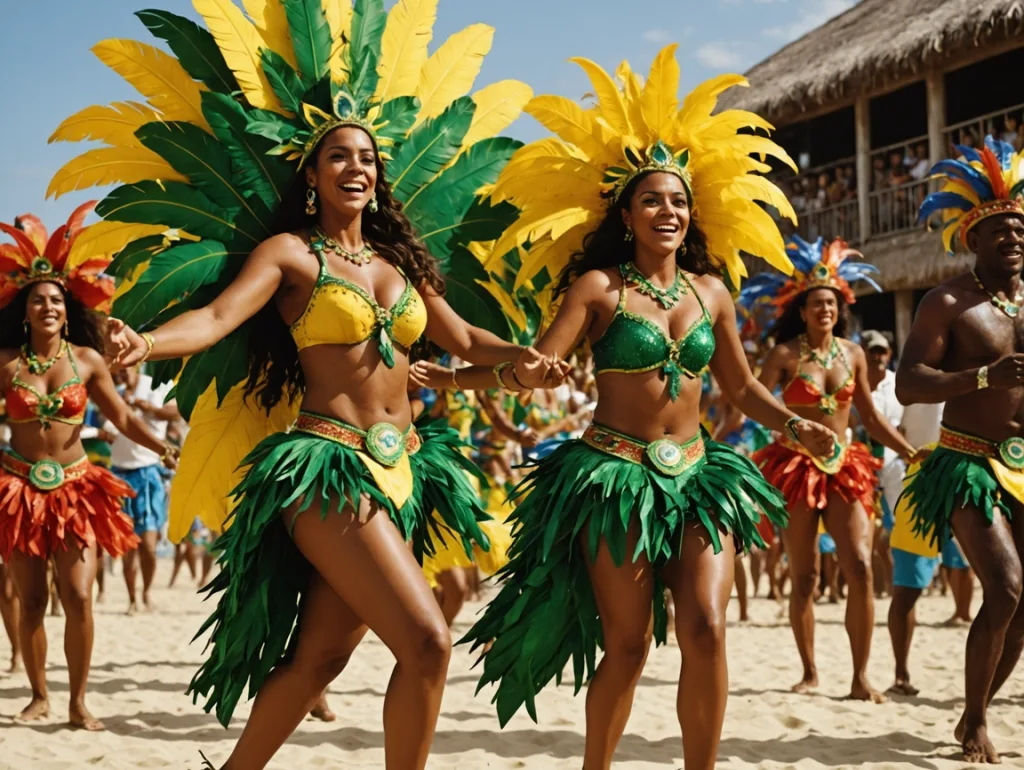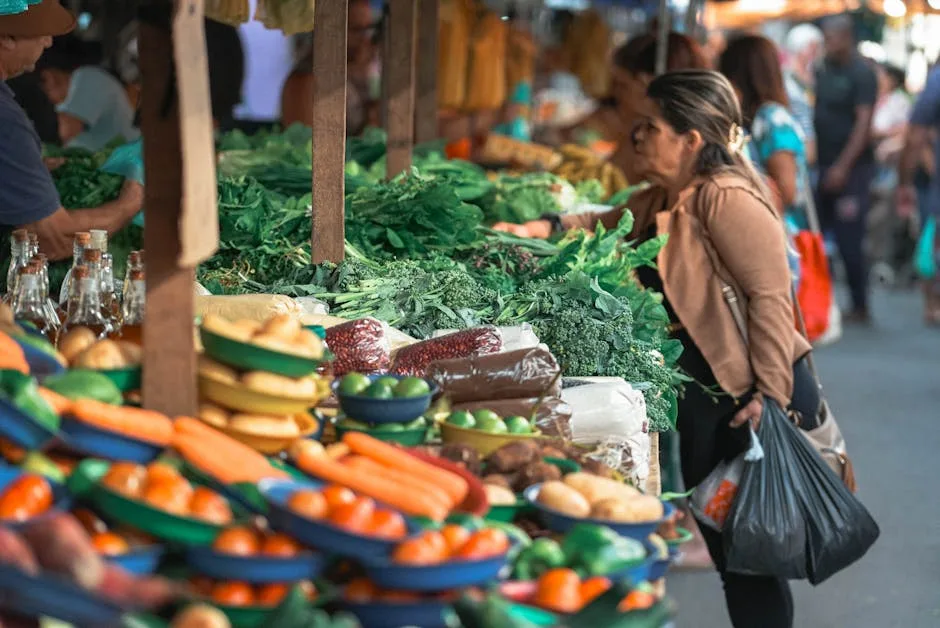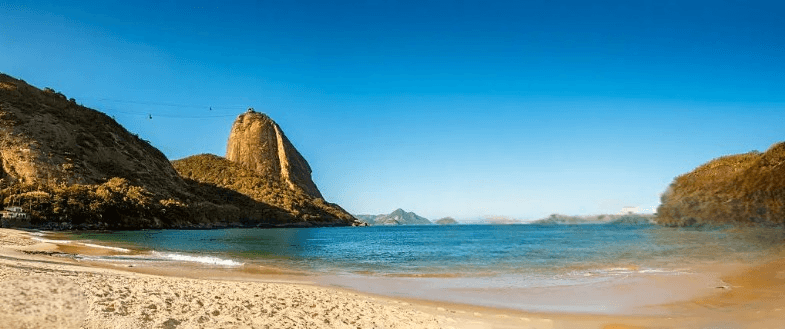
Understanding Brazil: Culture, Geography, and Language
Brazil is a nation known for its vibrant culture, breathtaking geography, and unique linguistic heritage. Spanning an extensive land area, Brazil boasts diverse ecosystems ranging from the Amazon rainforest to rolling hills and sweeping beaches. This geographical variety contributes to a rich cultural tapestry influenced by indigenous peoples, European colonization, and African traditions, resulting in a unique national identity.
The culture of Brazil is synonymous with its lively festivals, the most famous being Carnival. Typically held in February or March, Carnival is celebrated with parades, samba dancing, and elaborate costumes, drawing millions of tourists and locals alike. Beyond Carnival, regional festivals throughout the year showcase local customs and music, such as Festa Junina, which celebrates rural traditions and June harvests. Each region has its own distinct identity, celebrated through traditional dances, crafts, and culinary delights, such as feijoada in the Southeast and acarajé in the Northeast.
Moreover, the country’s cuisine reflects its cultural diversity, featuring a fusion of flavors that vary significantly from one region to another. A meal in Brazil may include staples like rice, beans, and farofa, often accompanied by locally sourced ingredients, showcasing the abundance of Brazil’s natural resources.
As for communication, Portuguese is the official language of Brazil, distinguishing it from most of its South American neighbors. Although English is spoken in tourist areas, understanding basic Portuguese phrases can greatly enhance your travel experience. Simple greetings like “Olá” (Hello) and “Obrigado” (Thank you) can greatly encourage positive interactions with locals and illustrate respect for their culture.
In exploring Brazil’s culture, geography, and language, travelers gain valuable insights and an appreciation for this vibrant nation, ensuring a fulfilling first visit.
Essential Travel Tips: What to Know Before You Go
Visiting Brazil for the first time is an exciting venture, but preparation is vital for a smooth experience. One of the first considerations is the best time to visit. Brazil enjoys a diverse climate with varying conditions in different regions. Generally, the ideal months are from May to September, when temperatures are milder and rainfall is less frequent in many areas. However, it is important to research the specific region you intend to visit, as the climate can greatly affect your travel plans.
Navigating Brazil’s transportation options can be daunting for first-time travelers. Public transportation is widely available in major cities, with buses and metro systems providing extensive coverage. Taxis and ridesharing services, such as Uber, are also popular and often more convenient, especially at night. When opting for taxis, it is advisable to use registered vehicles to ensure safety. Familiarizing yourself with local transport apps can also ease the transition into Brazilian transit.

Safety is paramount when traveling in Brazil. While many areas are safe to explore, it’s wise to remain vigilant. Travelers should avoid displaying valuables and stay aware of their surroundings, particularly in crowded tourist attractions or public transport. Researching local areas and connecting with fellow travelers can help you identify safe zones. Additionally, acquiring travel insurance is highly recommended. Insurance can safeguard you against unforeseen events, from medical emergencies to theft, offering peace of mind during your trip.
Managing money while in Brazil requires knowledge of the local currency, the Brazilian Real (BRL). Currency exchange can be done at banks and exchange bureaus, but it is often more cost-effective to withdraw cash from ATMs. Credit cards are widely accepted in urban centers, though carrying some cash for smaller establishments or markets is prudent. Ensure your bank is informed of your travel plans to avoid any issues with card usage abroad.
Must-Visit Destinations: From Cities to Natural Wonders
Brazil is a country of diverse landscapes and vibrant cultures, making it a top destination for travelers. Among the must-visit cities, Rio de Janeiro stands out with its iconic landmarks such as the Christ the Redeemer statue and Sugarloaf Mountain. Visitors can indulge in panoramic views, engage in beach activities at Copacabana, and explore the bustling life of Lapa with its historic arches and lively nightlife. The city also hosts the world-famous Carnival, an extraordinary celebration of music and dance that attracts hundreds of thousands each year.
São Paulo, Brazil’s largest city, is another essential stop. Known as the financial hub of South America, it offers an array of cultural experiences. Art enthusiasts can visit the São Paulo Museum of Art, while food lovers can explore the city’s rich culinary scene through its numerous restaurants and markets. For those wishing to enjoy the city’s parks, Ibirapuera Park provides a tranquil escape from the urban landscape, complete with museums, gardens, and paths for leisurely strolls.
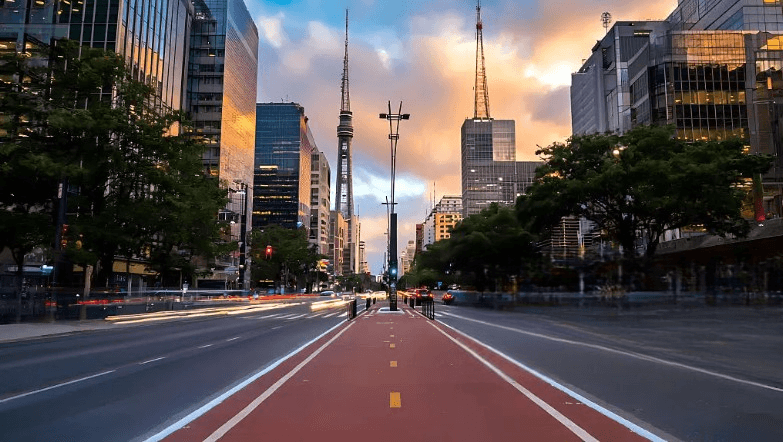
Natural wonders also define Brazil’s appeal. The Amazon Rainforest, the largest tropical rainforest in the world, is a treasure trove of biodiversity. Visitors can embark on guided tours to witness unique wildlife, including exotic birds, monkeys, and various plant species, while learning about indigenous cultures. Another breathtaking site, Iguazu Falls, located on the border with Argentina, features a series of stunning waterfalls surrounded by lush greenery. The falls offer various viewing platforms, allowing visitors to appreciate their grandeur from multiple angles.
In addition to these iconic locations, engaging in local activities such as samba dancing, experiencing culinary classes, and visiting colorful markets can enrich your trip. Each destination in Brazil serves up a unique blend of history, adventure, and beauty, ensuring that all visitors take away unforgettable memories from their journey.
Culinary Delights: A Taste of Brazilian Cuisine
Brazilian cuisine is a vibrant tapestry of flavors, ingredients, and cooking techniques that reflect the country’s rich cultural heritage and regional diversity. As you embark on your culinary journey through Brazil, there are several must-try dishes that will introduce you to the unique tastes of this nation. One of the most iconic dishes is feijoada, a hearty black bean stew traditionally made with various cuts of pork and beef. This dish is often served with white rice, collard greens, and orange slices, making it an emblematic Brazilian meal enjoyed by both locals and visitors alike.
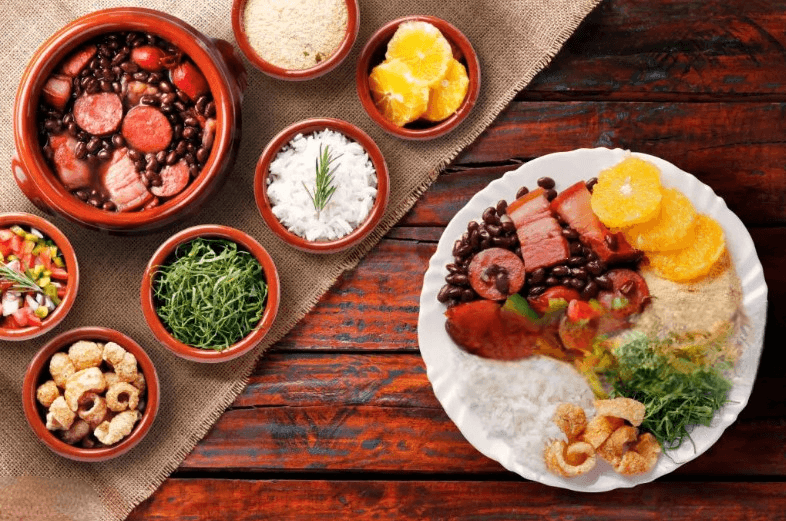
Another beloved treat is pão de queijo, a delightful cheese bread that is both crispy on the outside and soft on the inside. Made from tapioca flour and cheese, this snack can be found at bakeries and restaurants across Brazil, serving as a perfect accompaniment to coffee or as a quick snack on the go. For those with a sweet tooth, brigadeiros are a must-try. These chocolate truffles, made from condensed milk, cocoa powder, and chocolate sprinkles, are a staple at Brazilian celebrations and provide a delightful end to any meal.
Brazil is also characterized by its regional culinary differences, with each area boasting its own specialties that often highlight local ingredients. For instance, the northeastern region is known for its spicy dishes, such as acarajé, while Minas Gerais is celebrated for its cheese and traditional comfort foods. You can explore Brazil’s culinary scene not just through restaurants but also by indulging in the vibrant street food that cities like São Paulo and Rio de Janeiro offer. Street vendors serve an array of delicious options, from pastel (fried pastry filled with various fillings) to skewers of grilled meats. These experiences provide an authentic taste of Brazilian food culture, showcasing the rich diversity that defines each region. Exploring these flavors will undoubtedly enhance your journey through Brazil.


